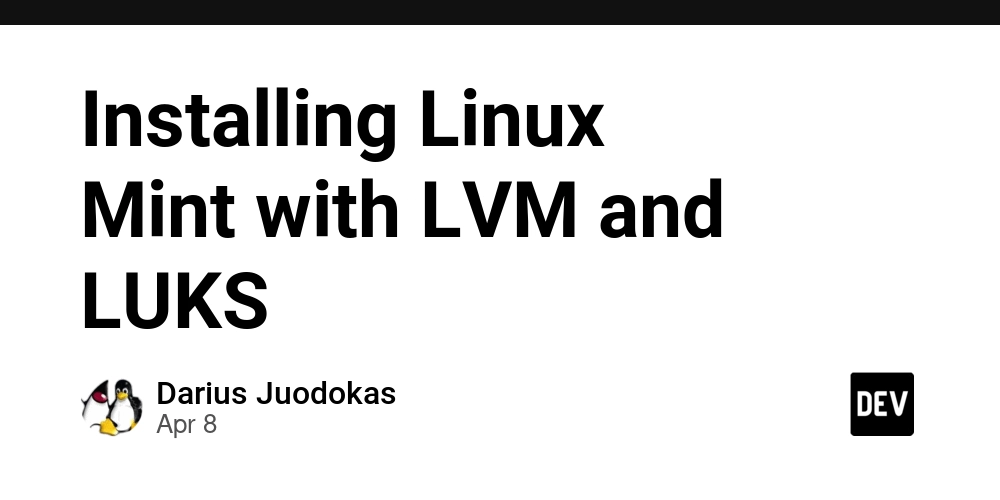Dev
1w
110

Image Credit: Dev
Installing Linux Mint with LVM and LUKS
- The article discusses installing Linux Mint with LVM and LUKS for a work laptop setup, emphasizing ease of use and flexibility.
- Using LVM for disk partitioning allows for easy extension of filesystems and optimal storage management.
- For LUKS setup, creating a LUKS container and unlocking it is crucial before setting up LVM.
- Partitioning the disk involves creating EFI, /boot, and LUKS partitions using tools like gparted or parted.
- Creating LVM shards within the LUKS container involves using parted for a GPT filesystem table and creating multiple partitions.
- After creating shards, LVM PhysicalVolumes are initialized, followed by creating volume groups like system and user.
- Logical volumes like root and home are then created within the volume groups for installing the OS.
- Configuring LUKS for auto-mounting and setting up LVM bootstrap in the initramfs stage is important for seamless booting.
- Scripts are used to enable LUKS unlocking and LVM discovery during the boot process for a successful setup.
- By following the detailed steps provided in the article, users can achieve a secure and efficient Linux Mint installation with LVM and LUKS.
Read Full Article
6 Likes
For uninterrupted reading, download the app